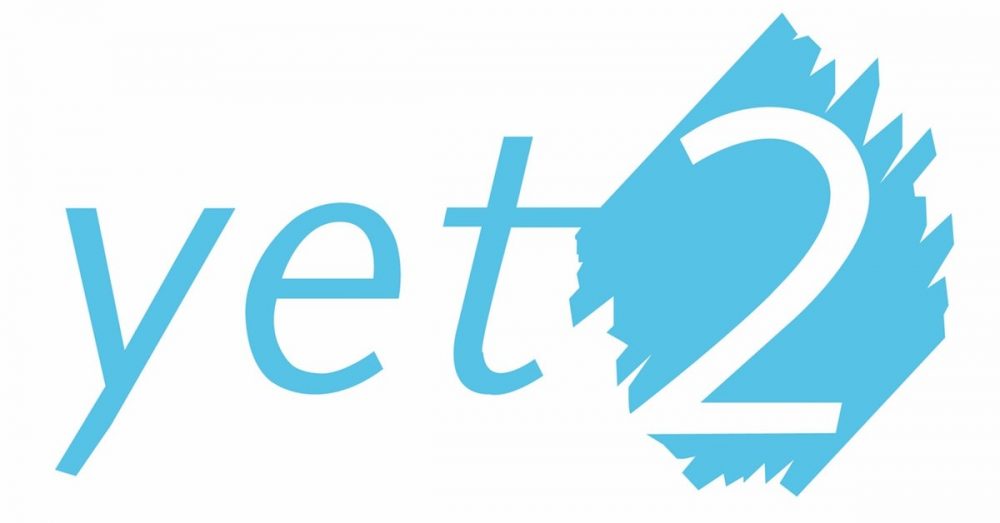This project is no longer open for submissions.
This organization is seeking reusable water filters to remove particulate matter down to 20 microns or less. Removal of these solids is necessary in order to reuse and conserve the contaminated water. Highest priority filters will be commercially available products with a relatively small footprint (up to the size of a 2L bottle). These filters should be reusable for up to 1600L of water while requiring minimal cleaning via backflushing.
[click_to_tweet tweet=”Our client is seeking reusable water filters to remove particulate matter down to 20 microns or less. Highest priority filters will be commercially available products with a relatively small footprint. ” quote=”Consumers are seeking ways to reduce their water use. One way to achieve this is through reusing contaminated water after removing the impurities.” theme=”style3″]Background:
Water conservation is a key issue in today’s world. Consumers are seeking ways to reduce their water use. One way to achieve this is through reusing contaminated water after removing the impurities. For this client’s desired use case, water requires filtration based on particle size with removal of particulate matter down to 20 microns or less.
Constraints:
MUST HAVE:
- Withstand up to 120 psi, expected working pressure 20-60 psi
- Capable of 17 L/min @10ft / 40 L/min @ 5ft.
- Remove all particles greater than 20 micron
- Operate within a pH range of 6.5 – 10.0
- Capable of processing 1,600 L of water before filter needs to be replaced / cleaned
GOOD TO HAVE:
- Remove all particles greater than 5 micron
- No maintenance filter system – ex. backflushable
Possible Solution Areas:
Solution areas of interest include but are not limited to bag filters, mesh filters, sand filters, glass beads, polypropylene, polyester, nylon, resins, activated carbon, sediment filters, pool filters, etc.
Desired outcome of the solution:
Looking for partners to supply an applicable technology. Technologies of initial interest may be sampled for efficacy and suitability. The goal is to have a working prototype by end of 2018.
